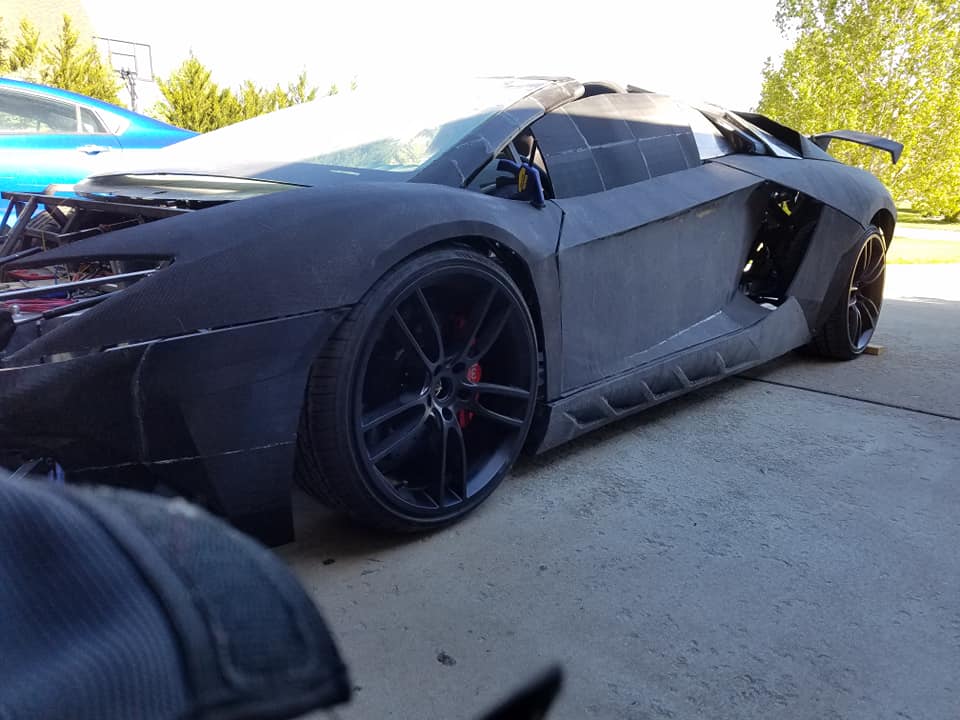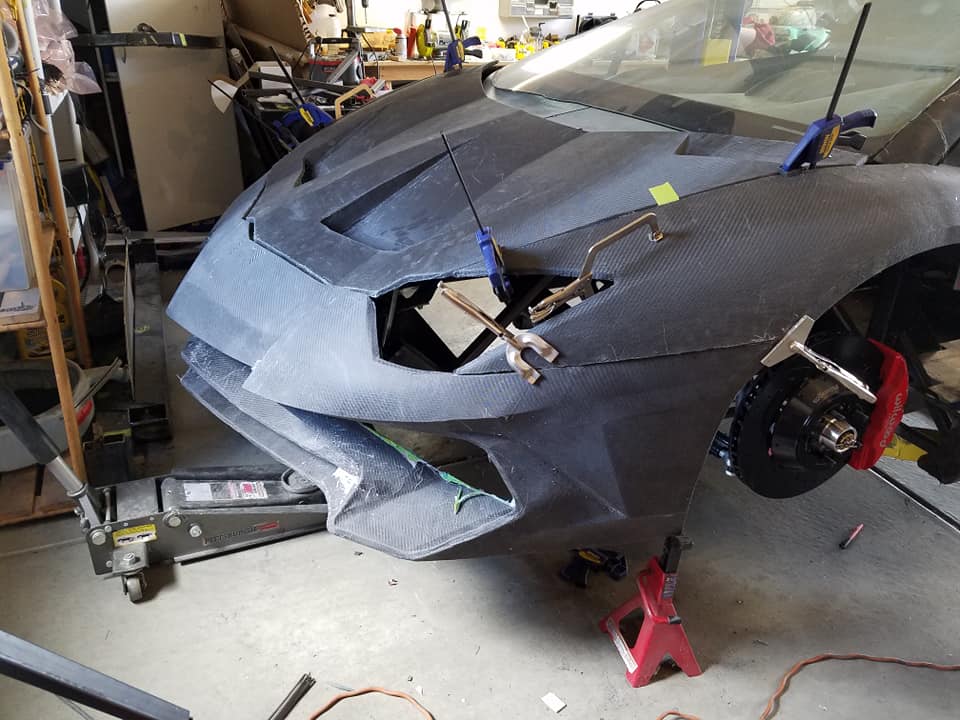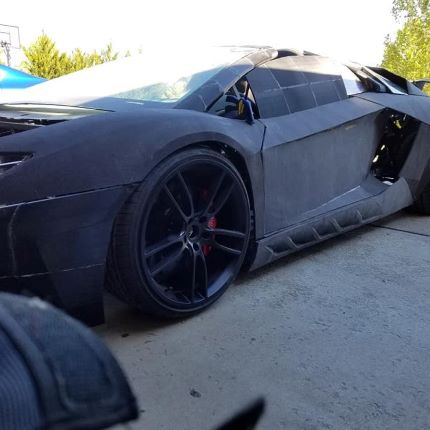Build Your Own Lamborghini Aventador
Originally published at ALL3DP
Father and Son Building a Supercar Using 3D Printing
Can you 3D print a working supercar yourself? This father and son do think so. They’re using a CR-10S, CR-105S, and a QIDI Xpro to build a Lamborghini Aventador’sbody panels and some interior parts.
When Sterling Backus’ 11-year-old son Xander played a video game featuring a Lamborghini Aventador, the two “fell in love” with the car. The only thing holding them back from having one themselves was the up-to $639,670 price tag.

Fortunately, Backus had some experience in 3D printing.
“I was a gear head from the age of 12. I played around with 3D printing at work about 7 years ago. It took a while to get the 3D printing settings and configuration down,” told Backus to All3DP.
The laser physicist by trade already had skills in engineering and physics and was more than up for the challenge.
“I love building things, and cars are mobile art in my view,” he said.
Father and son have now been working on this project for a year and four months and try to spend around one hour every evening building the car. They’ve harnessed a CR-10S, CR-105S, and a QIDI Xpro to get the job done.
Although Xander isn’t even a preteen yet, Backus explains that getting his input on choices that needed to be made has been one of the most enjoyable aspects of the build. For example, Xander has helped with the vacuum infusion process and design choices.
“It is a commitment… I am trying to get others interested, but they will need the passion, and a few dollars,” said Backus. “Ultimately, I want kids to get interested in STEAM, and this is a great platform for it because of all the disciplines involved in a project like this.”

Would You Dare Build Your Own Lamborghini Aventador?
For this project, Backus began by using 3D models of the car already available online and tweaked them using SoildWorks to get them ready for the printer.
He used PLA for body panels due to the high dimensional stability. Meanwhile, ASA, ABS, and PETG are used for headlights, and tail lights. For any interior parts requiring high strength, Backus uses carbon fiber nylon. However, he jokes that his most important tool is a measuring tape.
However, the build hasn’t been without its challenging moments.
“The carbon fiber encapsulation process had a pretty high learning curve,” he said, adding, “I don’t think I would do anything differently, since I love to learn, and the journey is best part of what we are doing.”
If you’re tempted to build your own Lamborghini Aventador, this is definitely an affordable option as Backus explains that, in total, the 3D printed version has cost around $20,000. But, he adds that you “don’t want to know” the working hours involved.
If you’re a gearhead in the Colorado, Denver area, make sure to look out for this car once it’s complete. The 3D print won’t be gathering dust in a garage, Backus explains: “It will be a driver. We want to attend car shows, and take it around to local schools to do a STEAM presentation on the project.”





Leave a Comment
Want to join the discussion?Feel free to contribute!